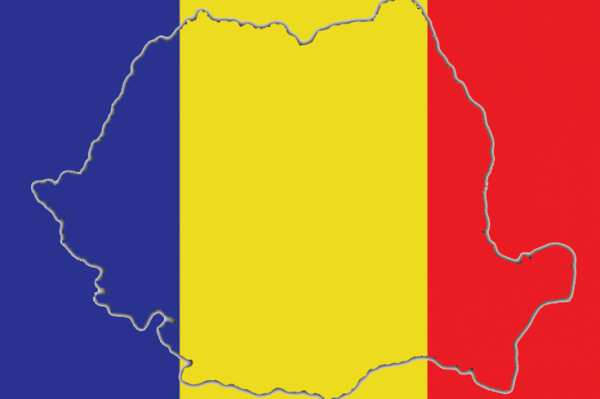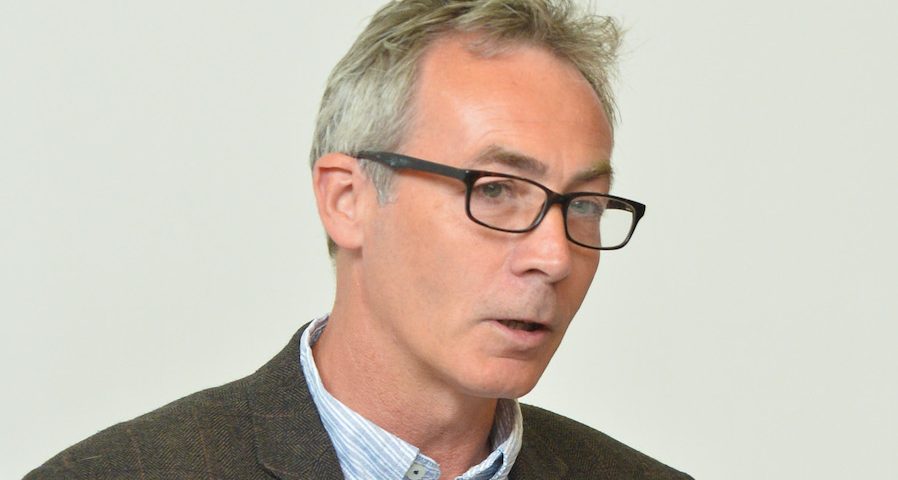
Market Spotlight – Romania: Regular giving flourishes, but restrictive legislation creates an uncertain future
February 6, 2019
Special Focus: 5 Trends Influencing Giving in Europe
February 6, 2019Although individual giving is often the main focal point for fundraisers, foundations are becoming an increasingly significant and growing part of the European landscape for charitable donations. Fundraising Europe interviews James Magowan, co-ordinating director of DAFNE (the Donors and Foundations Network in Europe) about the reasons for this growth and the advice he offers grant applicants.
How important are foundations in the wider European giving landscape?
Foundations are becoming an increasingly important ingredient of the fundraising mix for charities and NGOs, with family, community and corporate foundations all becoming more prevalent. We see this from the increasing membership of national foundation associations, now over 10,000 across Europe, and in the nature of their work.
When looking at the full European market, the challenge is that the definition of a foundation is extremely varied with structures ranging from endowed foundations that don’t fundraise through to those that are operational fundraising organisations, working in a similar way to traditional charities.
At the risk of a generalisation, to which there are always exceptions, there is a tendency for foundations in the north and west of Europe to be grant-making, while those in the south and east often have an active service-delivery or fundraising remit.
At a national level, Germany is certainly one of the most mature but growing markets, with a long history of foundation giving. While some of its foundations are extremely large, the majority are small and hyper local. Many of these, in particular in the community foundation field, have been set up over the past 15-20 years and the market is still experiencing rapid growth.
Foundation giving is also firmly established in the UK, while in Ireland there is relatively little indigenous institutional philanthropy. This is largely because philanthropy in Ireland was historically rooted in religion and giving in church. We’re seeing growth in Spain and France for similar reasons, while markets in Central and Eastern Europe are still emerging and the growth is mainly in corporate and community foundations, along with other forms of formal and informal donor engagement – from SMS giving to Giving Circles.
Why is the foundation sector seeing such growth?
Look at this from both a supply and demand perspective, there is greater appetite for foundations at both ends of the spectrum; from donors and charities. The real advantage from the public’s perspective to a foundation model is that it facilitates a more strategic and long-term approach to giving. On the demand side, there is no doubt that cuts in state or private funding means that there is even greater need for grant funding.
This has meant growth not only in the number of foundations and money given to and from them, but development of more sophisticated infrastructure; the networks and associations that deliver advocacy and offer advice and support for best practice.
This is important for charities of course, as improving the operating environment should support foundations in allocating funding more effectively, supporting fundraising and facilitating cross-border giving.
When it comes to the giving public, why do you think foundations are proving to be such a popular way to donate?
We’re in the midst of a generational phenomenon, where a huge amount of wealth is being transferred from an ageing population to a younger one and this means far greater propensity to give or set up a foundation.
There seems to be a real a desire for more structured and strategic philanthropy, with individuals and companies making conscious decisions to do things a little differently, shifting the focus from making money to using it for good. In today’s entrepreneurial society, foundations can be an ideal way to go about it, and in ways which utilise the donor’s skills and experience.
What advice would you offer charities and NGOs applying for funds?
The key point is to recognise that foundations don’t want to sit on their resources. Grant-making foundations want to spend and operating foundations want to achieve their objectives, as efficiently and effectively as they can. This means that rather than going in with a ‘begging bowl’ attitude, you need to turn it on its head and focus on what an asset the charity can be in enabling the foundation to meet their objectives. Switching that mentality changes the approach into a relationship that both parties can benefit from.
Many foundations are looking for that longer-term relationship; they want to be more strategic and that means it’s incumbent on grant fundraisers to demonstrate how they can deliver.
It’s important to remember that the foundation market is dynamic. There’s not just a static list of foundations with fixed objectives and programmes. There is churn, with foundations coming and going and constant renewal of their operations. This means that you need keep up-to-date with research, whittling down your target list to make sure you’re contacting the right organisations in the first place. It is essential to ‘walk in their shoes’, to understand what they are looking for, and that you map out how you can help achieve that. Focus on impact rather than need, build trust, and cultivate a relationship.
About James Magowan
Dr James Magowan is a specialist in foundation philanthropy across Europe. Serving as DAFNE’s co-ordinating director, he is based in Northern Ireland and plays a key role in supporting members of the Donors and Foundations Network in Europe. James also works with the Association of Charitable Foundations in the UK, helping independent charitable trusts fund more effectively in Northern Ireland, and is a co-ordinating director for the European Community Foundation Initiative.




